Debunking the 8-Glass Rule: What Experts Want You to Know
Advertisement
5. The Impact of Climate and Activity Level

Climate and physical activity level are also very important determinants of hydration demands. The 8-glass rule ignores the differences in hydration needs depending on ambient circumstances or degree of activity. Knowing these elements affects fluid requirements can enable people to control their hydration more effectively.
Working to control temperature, the body loses more fluids through sweat in hot settings. This more fluid loss calls for more water intake if one wants to prevent dehydration. Those who live in these regions should especially pay close attention to their hydration, particularly during outdoor sports or exercise. To keep appropriate levels of hydration, one must consistently drink water throughout the day—even before one feels thirsty.
Likewise, the body loses large amounts of water and electrolytes during physical activity, particularly strenuous sessions or endurance sports. Those who participate in intense activity should especially pay particular attention to their water requirements since dehydration can affect performance and recuperation. Drinking water before, during, and after exercise helps you replace lost fluids and preserve best physical performance.
Though people do not feel as thirsty, water demands can still be great in cooler climates. Because dry air can lead to more fluid loss via breathing, cold temperatures can cause dehydration. Furthermore, people might not have the same need to drink water in cold surroundings, which might cause possible underhydration. Winter still calls for enough of water, hence people should deliberately try to get enough of it.
Moreover, altitude influences hydration requirements. Higher altitudes let the body lose more fluids by means of more breathing and sweating. Those heading to mountainous regions should be aware of their water requirements and sip more to offset the dry air and greater altitude.
To sum up, hydration demands are highly influenced by environment and activity level; hence, the 8-glass guideline falls short. People should be aggressive in controlling their hydration intake depending on physical exercise and surroundings. Understanding these factors helps people create customised hydration plans that guarantee they remain sufficiently hydrated independent of their situation.
Advertisement
Recommended Reading:
DIY Disasters: When Repairs Go Horribly Wrong →
You are viewing page 5 of this article. Please continue to page 6
Stay Updated
Actionable growth insights, once a week. No fluff, no spam—unsubscribe anytime.
Advertisement
You May Like

10+ Captivating Portraits of Women in Uniform
07/09/2025

24 Pets Who Are Evolving Into Their Humans
07/26/2025

The Best Shot Of A Wild Animal You've Never Seen Before
07/30/2025
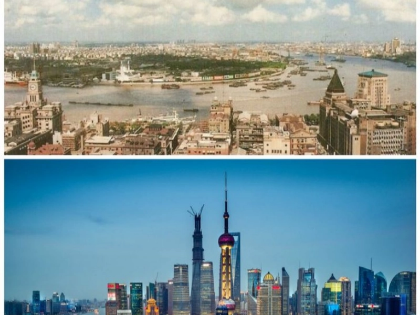
10 Incredible Cities That Have Changed Beyond Recognition
06/25/2025

16 World-Famous Lightning Landmarks: A Must-Visit Pilgrimage
09/01/2025

Owners Were Shocked! The Amazing Changes After Pet Grooming
07/26/2025

Underground Monsters: The Insane Depths of Earth's Deepest Mines Revealed
06/18/2025
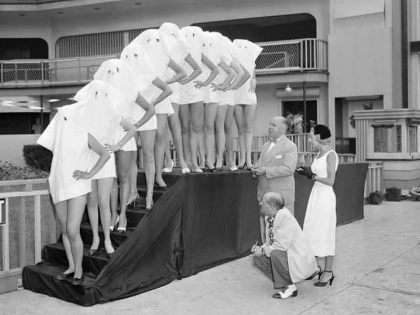
The Strangest Beauty Pageants Through History
08/23/2025
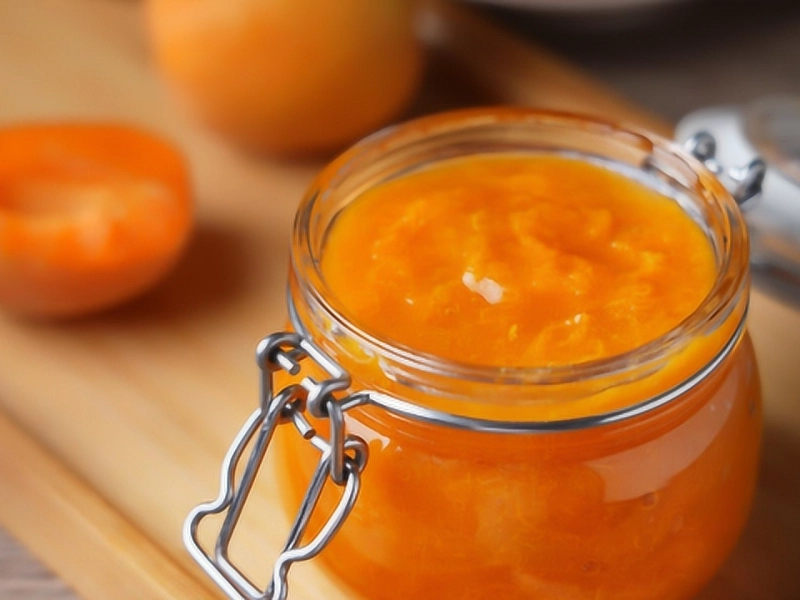
Apricot Jam: The Taste of Summer Sunshine
08/25/2025

Glamorous Unions: Memorable Celebrity Wedding Snippets
08/11/2025

The Surprising Benefits of Sleeping Next to a Lemon
07/25/2025
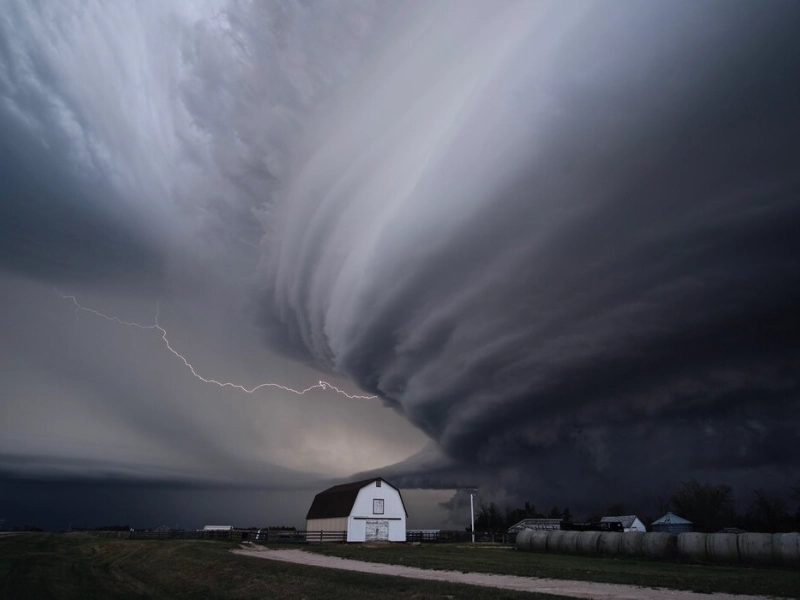
Supercell Thunderstorms: Nature's Ultimate Storm Machine
07/13/2025
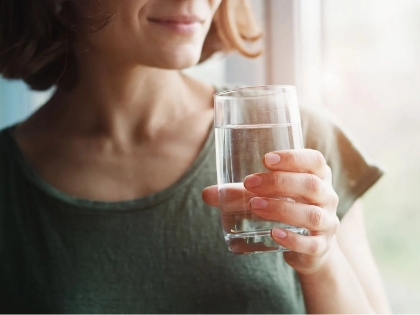
Debunking the 8-Glass Rule: What Experts Want You to Know
08/14/2025
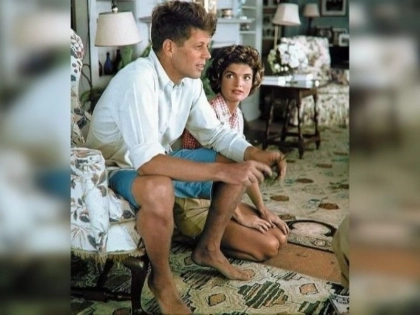
Rare Historical Photos That Reveal the Unknown Past
06/10/2025
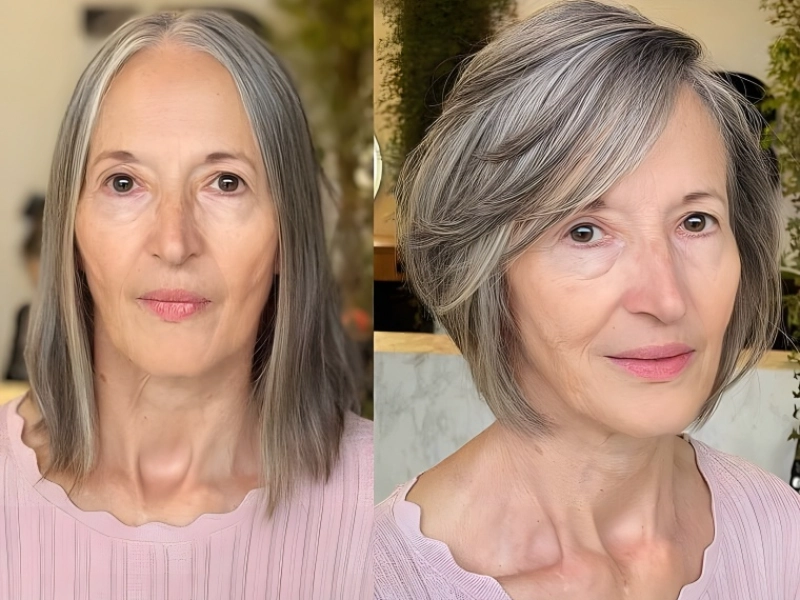
Hair Mistakes That Make Women Look Much Older Than They Are
07/31/2025

10 Unobvious Things to Do as Soon as You Enter Your Hotel Room
07/07/2025
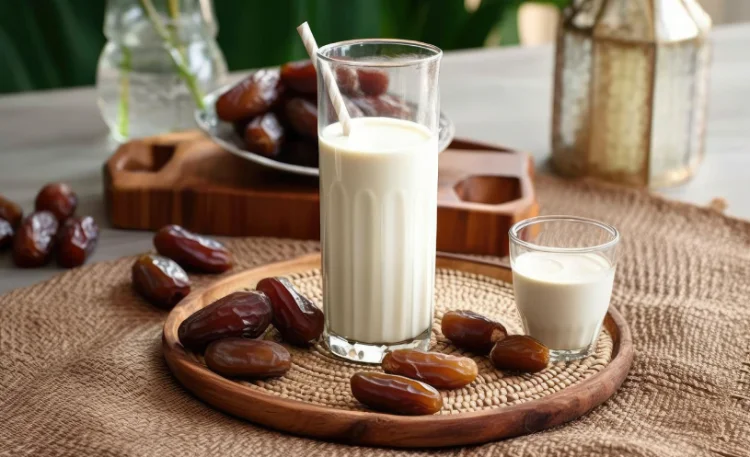
What Will Happen to Your Body If You Start Eating 3 Dates Every Day for a Week
08/03/2025

Exotic Delights: 12 Perfect Tropical Fruits for Fruit Salads
07/12/2025

21 Hotels That Can Make Anyone Want to Book the Next Flight
06/25/2025

19 Reddit Users Shared Their Best Secrets to Make Life Easier at Home
07/14/2025

Wardrobe Woes: Hilarious Celebrity Outfit Blunders You Can't Unsee
06/29/2025
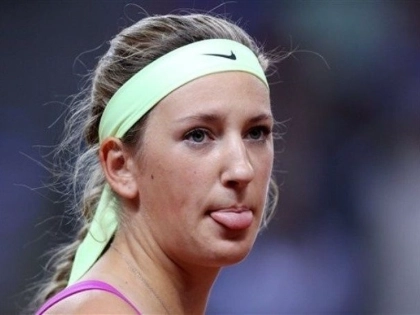
25 Hilarious Photos that Show the Funny Side of Women's Tennis
08/01/2025

Experience the Thrill of the World's Fastest 10 Cars
06/27/2025
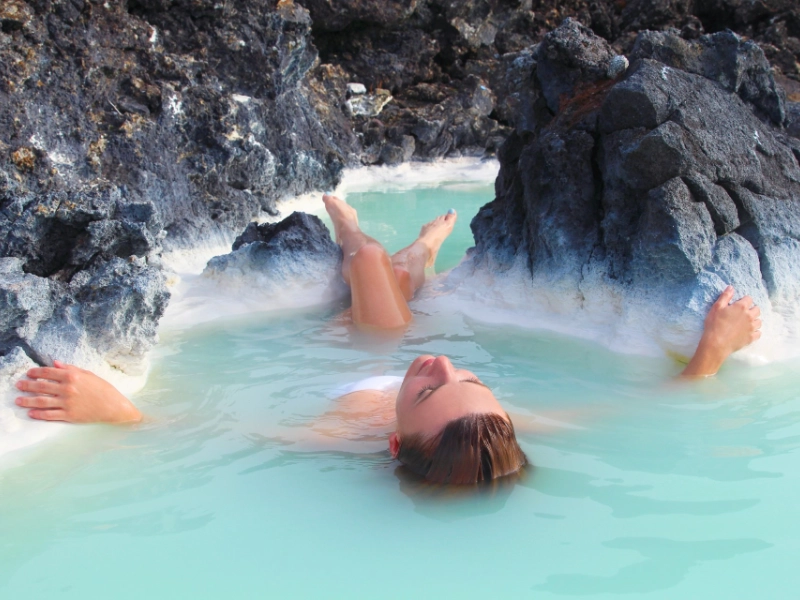
9 Amazing Facts About The Blue Lagoon - #6 Will Shock Even Icelanders!
08/01/2025
Comments
LatticeFeather · 06/30/2025
Reduces narrative entropy.
RadiantCipher · 07/09/2025
This could refine hiring rubrics.